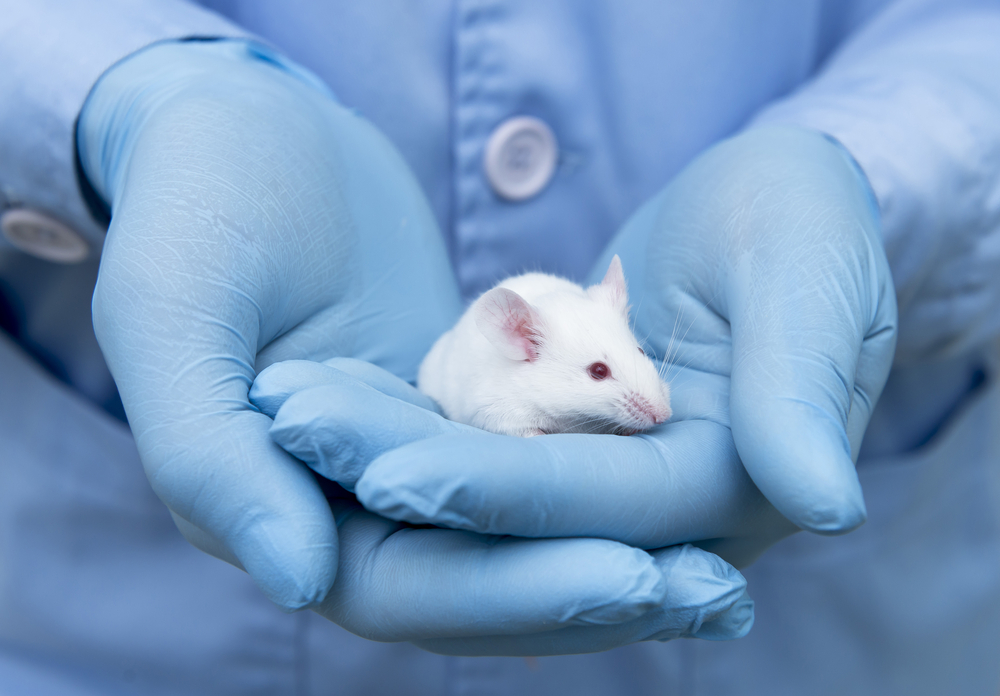Protein Staufen1 Could Be Target for Future ALS Therapies, Mouse Study Suggests

Depleting a protein called Staufen1 improved motor function and lowered protein aggregation in a mouse model of spinocerebellar ataxia type 2 (SCA2). The findings suggest that targeting Staufen1 could lead to therapies for amyotrophic lateral sclerosis (ALS) and other neurodegenerative disorders.
The study “Staufen1 links RNA stress granules and autophagy in a model of neurodegeneration,” was published in the journal Nature Communications.
SCA2 is characterized by progressive motor impairment, including ataxia (lack of muscle control or coordination). Speech and swallowing difficulties, rigidity, tremors, and weakness in the muscles controlling eye movement also occur. Over time, patients may experience loss of sensation and weakness in the limbs, memory impairment, and dementia, among other symptoms.
Protein clumps in neurons are typical of SCA2 and derive from alterations in the ATXN2 gene. The ataxin2 protein — involved in SCA2 and a risk factor for ALS — interacts with multiple RNA-binding proteins and is a component of stress granules, which are clumps of proteins and RNA that form upon cellular stress by factors such as heat, toxins and viruses.
Staufen1 is involved in RNA breakdown and transport, neuronal death, and protein formation. Proteins with the same type of mutation as Staufen1 have been associated with dysfunction of autophagy — a cellular process that clears aggregated proteins — as well as other cellular waste.
Autophagy dysfunction also is associated with ALS and other neurodegenerative diseases. However, the role of Staufen1 in these disorders had not been considered.
The team at University of Utah Health found that Staufen1 accumulates in cells from SCA2 and ALS patients, as well as in SCA2 mouse models. Stress granules also were increased in SCA2 cells.
The researchers also observed that Staufen1 controls the amount of messenger RNA — formed from DNA and containing the information to make proteins — and accumulates with mutant ataxin2 aggregates in SCA2 cells.
Then, the investigators found that genetically reducing Staufen1 levels in mice with SCA2 improved their motor function starting at 12 weeks of age, normalized the levels of several SCA2-related proteins in the brain, and reduced aggregation of ataxin2.
“Lowering STAU1 [the gene that encodes staufen1] expression may be a potent therapeutic approach for SCA2 that may be effective for ALS as well,” the researchers wrote.
“This is a completely new avenue for thinking about neurodegenerative diseases,” Stefan Pulst, MD, the study’s senior author, said in a press release. “A protein that had never been known to be involved in neurodegeneration is now a great target for drug treatments.”
Pulst added that although Staufen1 has been studied for 30 years, it had not been connected to disease. The team now plans to assess whether approaches reducing Staufen1 could become treatments for multiple diseases.
Studying Staufen1 also sheds light on mechanisms underlying neurodegenerative diseases. Depleting Staufen1 from mice rid cells of stress granules. According to Daniel Scoles, PhD, one of the study’s co-authors, one possible function of stress granules is to prevent proteins from being made under suboptimal conditions.
Overall, the results are in line with other studies indicating that neurodegenerative conditions are associated to malfunctions in the way cells respond to stress. This could mean that Staufen1-targeted therapies could be effective against diverse disorders characterized by stress granules, Scoles observed, although scientists still need to determine if the aggregates themselves lead to disease.
“Our results put the stress granule in focus as a structure to target in disease,” Scoles said.






